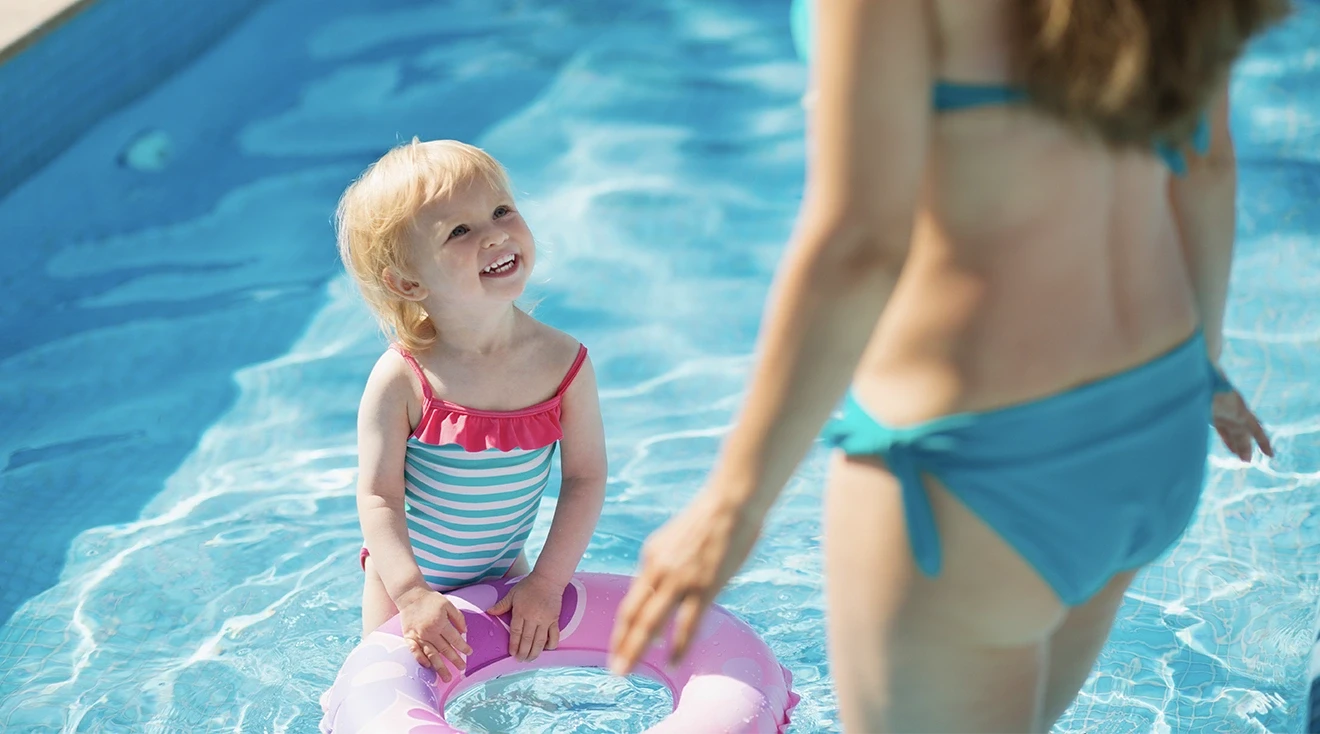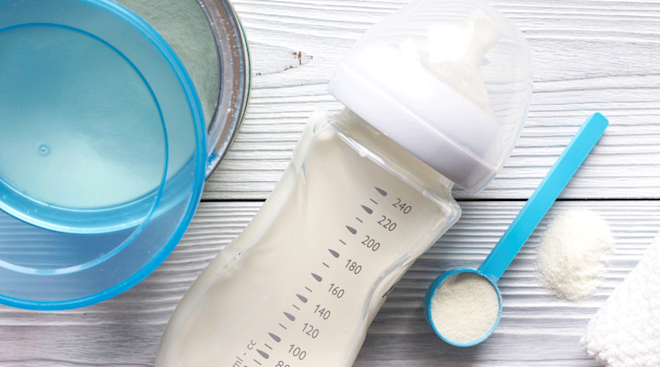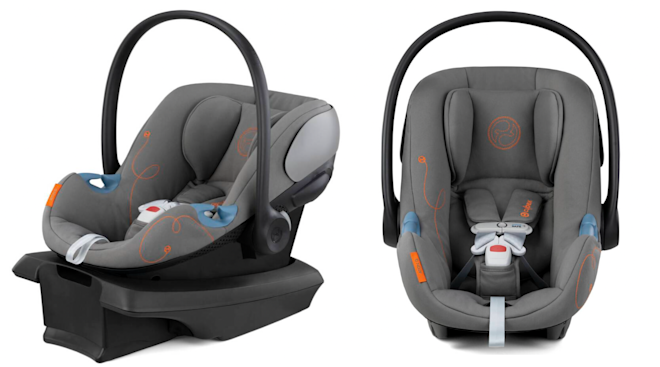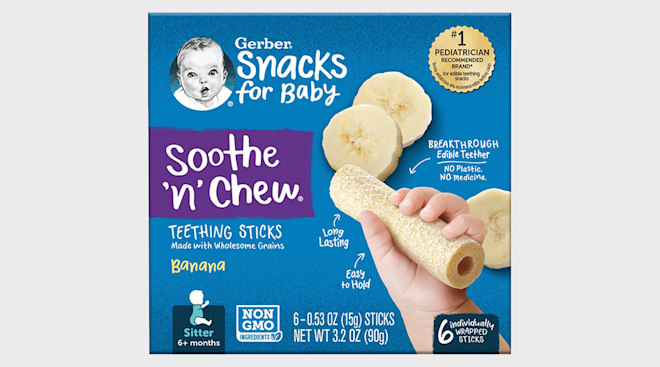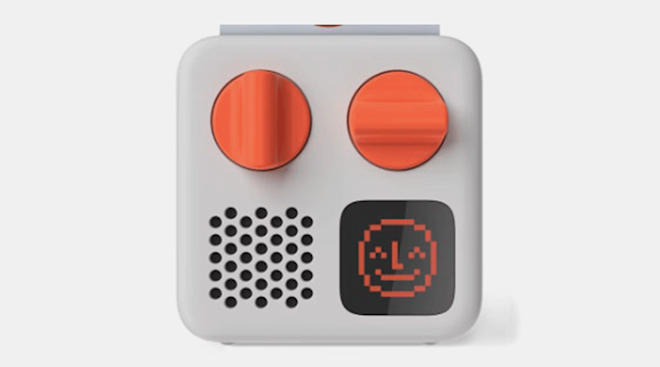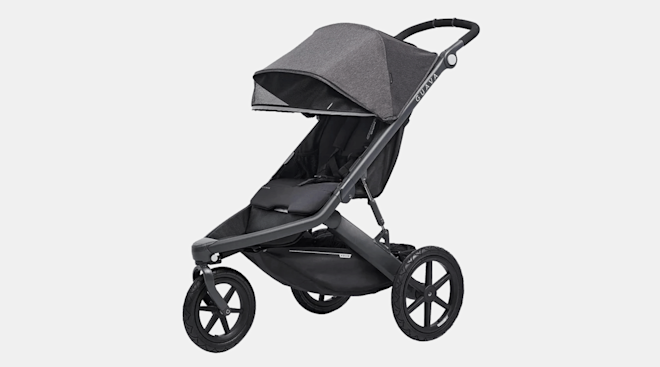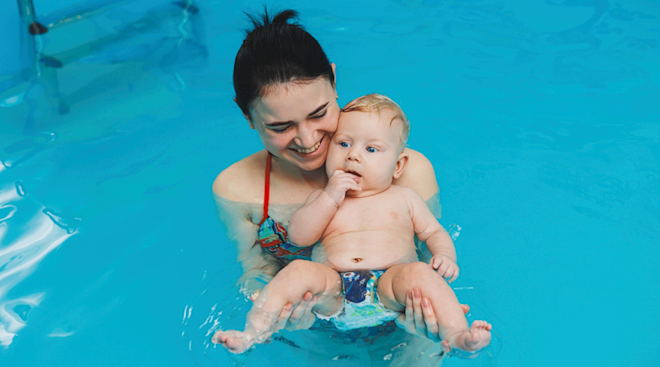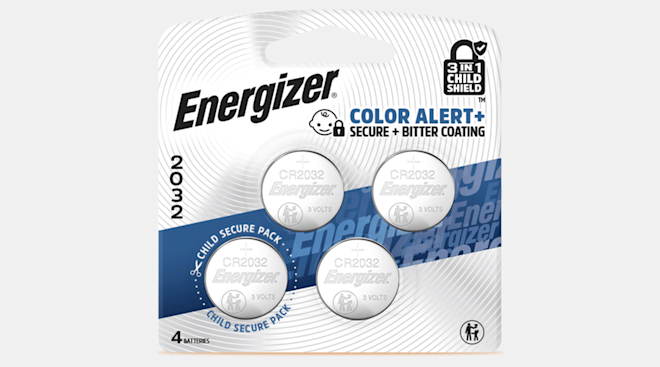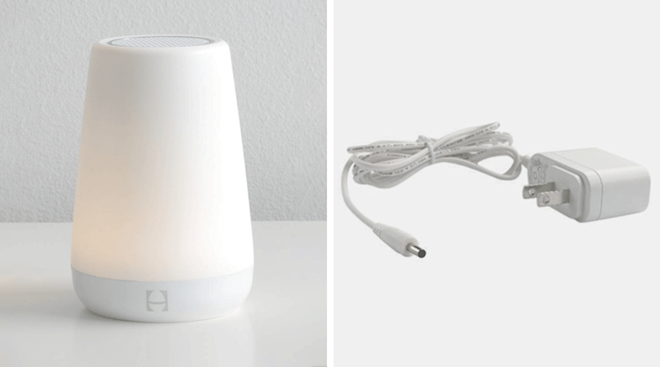Drowning Prevention: 5 Ways to Keep Kids Safe Around Water
With the start of summer comes pool and beach season! But summer fun goes hand-in-hand with water safety. Drowning is the No. 1 cause of death among children aged 1 to 4, and is also a leading cause of death among teens. Children can drown in just 1 to 2 inches of water and should always be in arms reach near any water. Here, we list our top tips to keep your kids safe this summer while they enjoy the water.
Whenever you’re at pool or beach parties with young kids, always assign a pool/waves watcher. This person should be solely focused on paying attention to the children in or around the water and not be engaged in other activities or be tempted by a cell phone. Even when there’s a lifeguard, we still suggest having a second adult to keep little ones safe. Make sure the adults present know CPR and that phone numbers are handy of who to call in case of emergencies.
Drowning often occurs in seconds. Despite what you might think, it’s silent. It also can happen when a child wasn’t even supposed to be in the water—kids can escape through an open door or window and fall into the pool. All pools should be protected with a fence around all four sides that separates the pool from the house. The fence should be at least 4 feet high, unable to be climbed and have a self-latching, self-closing gate at least 54 inches from the ground. Fences should be regularly inspected to make sure there are no holes in the fence that a little one can sneak through and no slats or openings more than 4 inches wide, and that the latch is properly working. Pool covers, door alarms, window guards and pool alarms should also be added for an extra level of safety.
Let’s face it: Toddlers are simply drawn to water. It’s fun, shiny and you can splash in it! That’s also why they’re at the biggest risk for drowning. Unfortunately, toddler drownings usually happen when you least expect it, with 69 percent of all drownings among children aged 4 and younger occurring during times when they aren’t swimming and have even brief unsupervised access to any water, such as pools, beaches, ponds, lakes or even hot tubs and bath tubs.
When everyone is out of the pool, keep all toys out of the water to prevent a curious toddler from wandering into the pool to get a favorite plaything. Inside the house, keep toddlers from wandering out near water unsupervised by having door locks, alarms, door knob covers or even gates around doors or garages that could lead out to any water.
The American Academy of Pediatrics recommends swim lessons for all children and parents. So when can you start? All children are different and starting lessons depends on many factors, including how physically and developmentally ready your child is, how interested they are and your and your child’s comfort level. It’s always best to talk to your pediatrician about readiness. That said, many kids might be ready for swim lessons as early as age 1.
Although the AAP doesn’t recommend swim classes for babies under 1, since there’s no research showing classes that young lowers drowning risk, it’s still fine to join those parent and baby swim classes to help young babies become comfortable in the water early on. More importantly, it’s just a fun activity for bonding with your infant! We know how pricey swim lessons for little ones can be—try contacting your city government or town leadership for discounts, since many towns offer scholarship programs at public pools.
Drowning can happen in seconds and happens every day to children with loving, attentive parents. To keep your child safe, we recommend adding multiple layers of protection around water. Even with lifeguards present, always pay close attention to your child in the water, be in the water with them, have them within arms reach and don’t get distracted. In natural bodies of water, it’s always safest to have your child wear a US Coast Guard-approved life jacket. Life jackets, not “floaties,” are also the safest option for young children or new swimmers at pools and water parks.
Meet Dina DiMaggio, MD, and Anthony F. Porto, MD, MPH, official spokespeople for the American Academy of Pediatrics and the co-authors of The Pediatrician’s Guide to Feeding Babies and Toddlers. They write about the latest AAP guidelines, studies and seasonal issues affecting babies and toddlers. Follow them on Instagram @pediatriciansguide.
Published May 2019
Please note: The Bump and the materials and information it contains are not intended to, and do not constitute, medical or other health advice or diagnosis and should not be used as such. You should always consult with a qualified physician or health professional about your specific circumstances.
Navigate forward to interact with the calendar and select a date. Press the question mark key to get the keyboard shortcuts for changing dates.
































